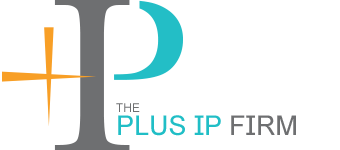
Patent Prosecution
“Patent prosecution” is the term used to describe the interaction between an applicant and the United States Patent and Trademark Office (“USTPO”). Patent prosecution begins when an applicant prepares and files a patent application. There are different types of patent applications including, a provisional patent application, a non-provisional utility patent application, a continuation-in-part patent application, a non-provisional design patent application, a reissue patent application and a continuation patent application. The type of patent application that should be filed will depend on various factors including the type of invention, the type of protection being sought and a business’s or individual’s goals.
The main part of a patent application is the “claims” section. Almost every word of each claim of a patent application must be carefully selected to ensure that an Applicant receives the broadest protection possible. Additionally, the person crafting the claims of the patent application should understand the different meanings that certain words have under the law. For example, using the words “comprises of ” instead of “comprises” in a patent application can have a drastic effect on the scope of a claim of a patent or patent application. The intricacies of the patent laws and the art of crafting patent claims are two of the reasons why using a registered patent attorney is recommended when drafting a patent application. A patent attorney is the only type of attorney that can represent clients before the USPTO. A patent attorney has specialized qualifications and must take and pass an examination, known as the “patent bar examination” before he or she can represent clients before the USPTO.
After a patent application is filed, an Examining Attorney or Examiner at the USPTO will carefully examine a patent application. The Examining Attorney determines if the correct USPTO forms have been properly completed and if the patent application meets all the formal filing requirements. Additionally, an Examining Attorney also conducts a search to determine if the invention disclosed in the patent application is patentable based upon the law. This search is often referred to in the industry as a “prior art search”. A prior art search is a search to uncover what knowledge and other inventions were available before a patent application was filed. In many cases, inventors and businesses decide to have their own prior art search conducted and to have a registered patent attorney render an opinion, known as a “patentability opinion”, to determine the probability that their invention will be granted a patent.
If the Examining Attorney decides that the Invention is not patentable, or if the filing requirements have not been met, the Examining Attorney will reject the patent application and send reasons supporting his or her position in an “Office Action.” An Applicant may respond to the Office Action and submit arguments supporting the patentability of an invention, or make amendments to the patent application, in a “Response”. Registered patent attorneys, such as PLUS IP attorneys Mark Terry and Derek Fahey, have years of experience responding to and overcoming Office Actions. Mark Terry and Derek Fahey are available to answer questions that you may have regarding the type of patent application that best suits your business goals.

